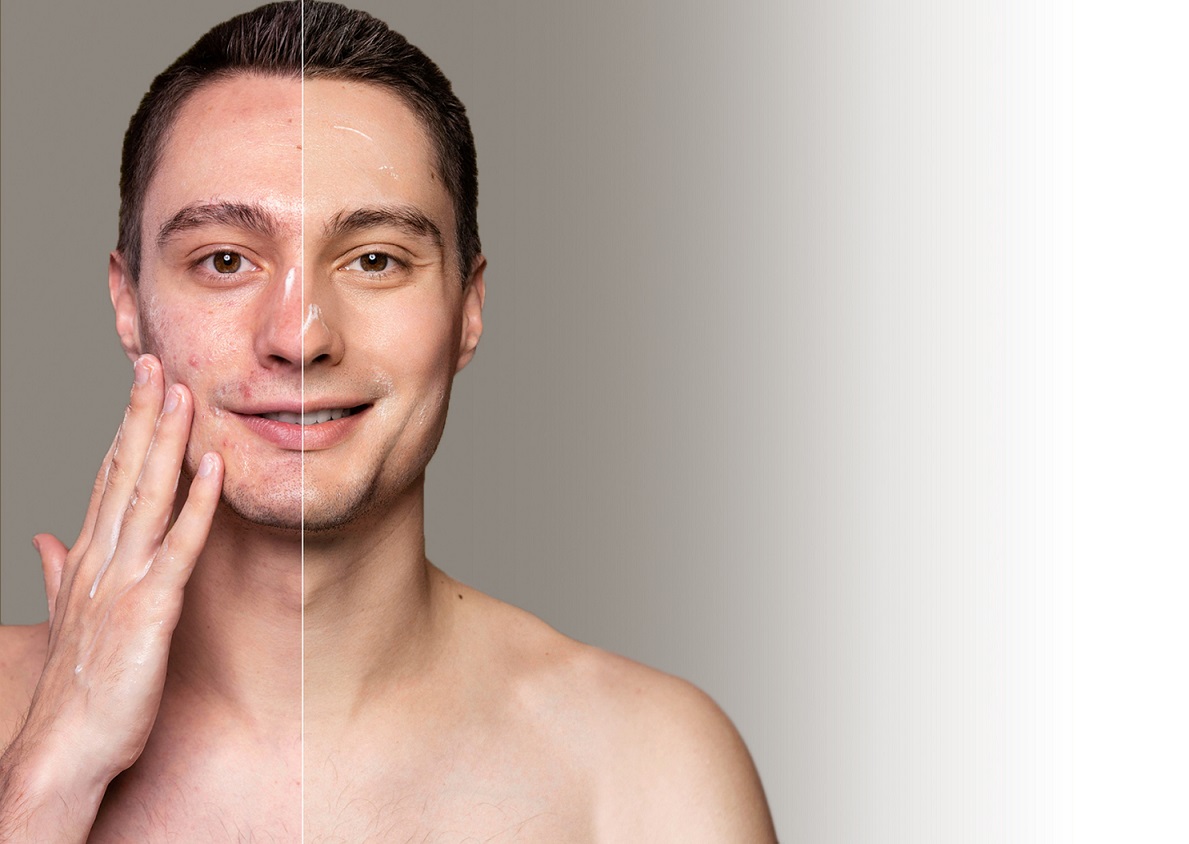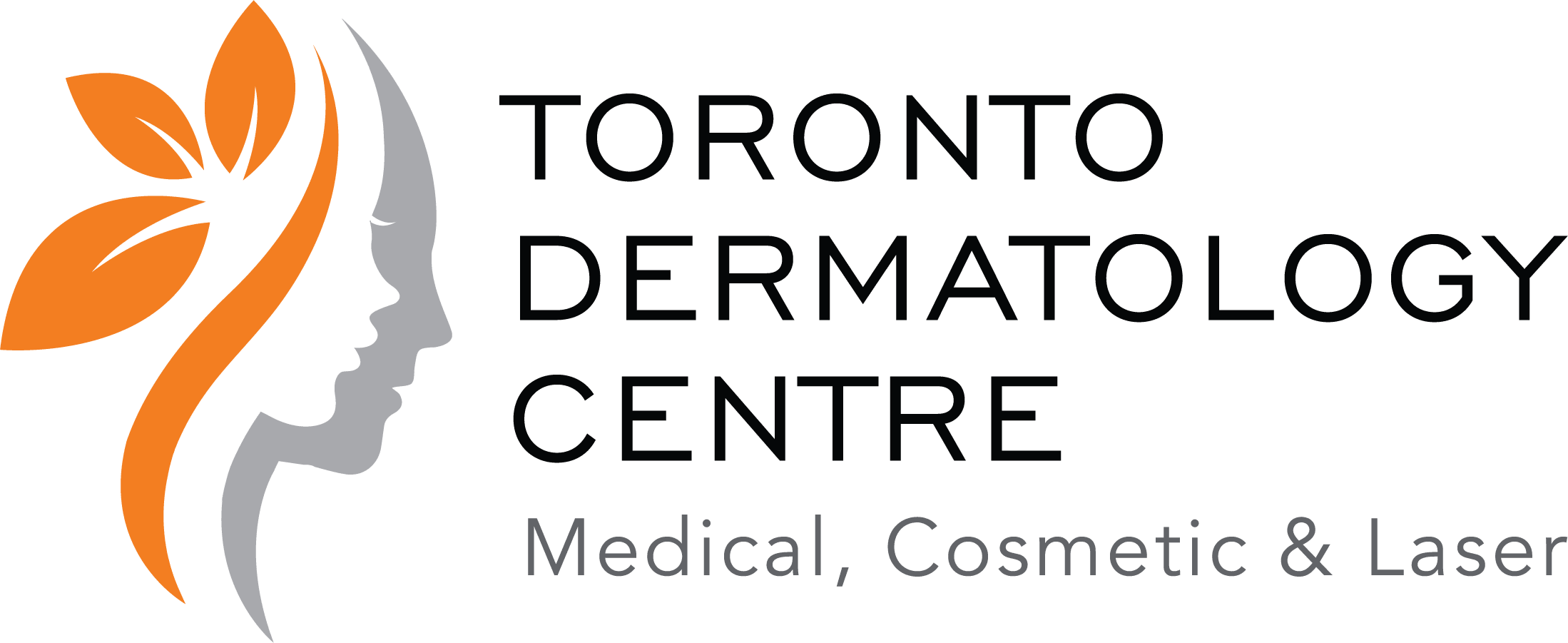
Over 80% of the population experiences some kind of acne in their lifetime, ranging from a mild pimple, a few blackheads occasionally, to all-out war on the face with inflamed, raised and irritated pustules covering a portion or more of the face, short or long-term.
Our dermatologists can prescribe medications (both oral and topical) to alleviate the acne, and our medical estheticians provide services to speed up the healing process and the marks. But, there is likely to be a chance of residual scarring for the more moderate-to-severe cases..
I tend to divide acne scarring into three categories, although some patients may have anywhere from one to all three types on their face.
- Hyperpigmentation: not “true” scars ; they are flat and various shades of brown. They are caused by the inflammation of the acne, and worsened by sun exposure.
- Red or purple scars: most often from acne inflammation (more from papules & pustules & nodules/cysts, rather than from blackheads & whiteheads), the scarring may be slightly depressed where the skin is now thinner and closer to vascularity.
- Texturized scars: raised (e.g. keloid or hypertrophic) or depressed scars such as: rolling scars, boxcar scars or ice-pick scars.
Dealing with pigmentation is frustrating but also fortunately the easiest type to treat. You may have been on a topical or oral medication for acne but didn’t apply and reapply your sunscreen every day (yes, this also includes the winter for all of you who think the sun only comes out in the summer). Or, you may have chosen to pick and pop those pimples. I know it’s hard to resist!!
There are products that will help to reduce and fade the pigment over time. They work extremely well, but they can take months of daily use for full results, and of course sunscreen does need to be applied daily as well. There are a multitude of medical topical creams that work to reduce pigment book a consultation and we can help you build a skin regimen.
Red or purple scarring is a little tougher to combat without treatment, but some products will reduce the intensity of the colour and help blend into your natural skin tone a little better.
Products containing anti-inflammatories such as B3, niacinamide and licorice root or green tea will help to cool and calm the skin. Salicylic acid (2%) used in moderation in your cleanser or toner can actually also be helpful, but be sure to moisturizer properly afterwards.
Vitamin A/Retin-A/Retinol topically has proven to be effective with every type of acne scarring, reducing pigment changes, repairing cells and reducing redness. However, if you haven’t used medical grade Vitamin A, either Retin A or retinol before, I highly suggested you book a time to come in and speak to one of our medical estheticians to find out if this product is right for you.
Lastly, textured scars are generally treated in the clinic, and we will discuss in detail in Part 2 in my next blog. Again, Retinol products, AHA/BHA and are great for exfoliating (without being overly aggressive) and will not only help with texture but is recommended even if you are doing treatments in the clinic.
So why not get a head start now? Email us your skin concern at [email protected] and let us help trailor a treatment plan custom for you only.
